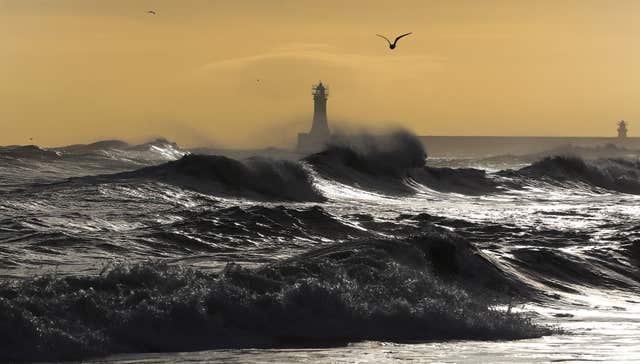World has made progress on protecting nature but must act faster, says UN
Conservationists have analysed progress towards the ’30 by 30′ target as the first official assessment of international efforts to protect nature.

Countries have made some headway on protecting 30% of Earth’s nature by 2030 but are “not moving nearly far or fast enough”, according to the UN’s first official assessment of international efforts.
UN conservationists analysed progress towards the “30 by 30” target, which was first agreed by nations in 2022 as part of the landmark Kunming-Montreal Global Biodiversity Framework (KMGBF).
They found that 51 countries and territories have already exceeded the goal of designating 30% of land as protected or conserved areas, while 31 countries and territories have done so at sea.
They also found that 17.6% of land and inland waters and 8.4% of the ocean and coastal areas globally are now within documented protected and conserved regions.

In order to meet the 2030 targets, protected and conserved areas must almost double in area on land and more than triple in the ocean, it said.
This means a land area the size of Brazil and Australia combined, and a sea area larger than the Indian Ocean must be designated as protected and conserved areas by the end of the decade.
The findings published in the Protected Planet Report on Monday come as governments head into the second week of negotiations at the UN’s nature cop – Cop16 – in Cali Colombia.

Under the KMGBF, governments committed to ensuring protected areas are effective, well-located, connected, equitably governed and uphold human rights.
But the report said current data is insufficient to fully measure and understand the effectiveness of protected and conserved areas.
For example, less than 5% of the world’s land is covered by protected areas where management effectiveness has been assessed and just 1.3% for the marine realm.
Inger Andersen, UNEP executive director, said: “It is essential that protected and conserved areas reach the 30% target by 2030, but equally important that these areas are effective and that they do not negatively impact the people who live in and around them, who are often their most valuable custodians.
“Today’s landmark report shows some progress has been made in the past four years, but we are not moving nearly far or fast enough.”
“Great efforts are being made at the national level and we are seeing some progress.
“These achievements demonstrate that we still have time to make good on the shortfalls and make protected and conserved areas the enormous resource for people and nature that they should be.”
The report from the UNEP World Conservation Monitoring Centre and the International Union for Conservation of Nature uses the latest official data reported by governments and other stakeholders to the Protected Planet Initiative.
The UN said it aims to provide an important baseline between the previous internationally agreed 10-year targets on protected areas and 2030.
Dr Grethel Aguilar, IUCN (International Union for Conservation of Nature) director general, said: “The 30 by 30 is an ambitious target, but one that is still within reach if the international community works together across borders, demographics and sectors.
“Crucially, indigenous people must be supported to act as stewards of their lands, their voices and knowledge must be heard and valued.
“The data contained in this report will help inform decisions to keep the 2030 goal alive, and to realise lasting positive outcomes for people and nature.





